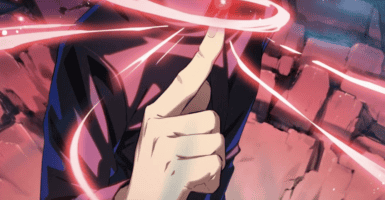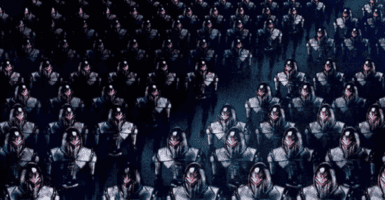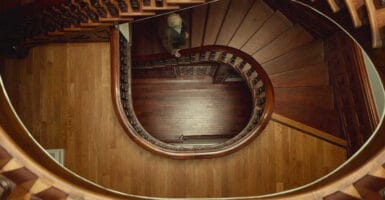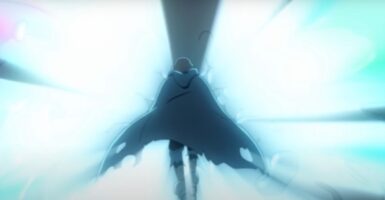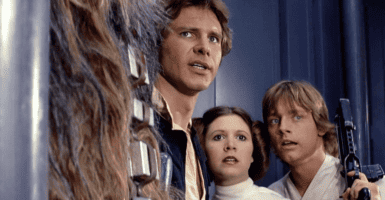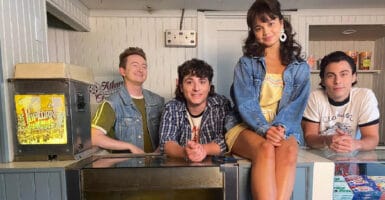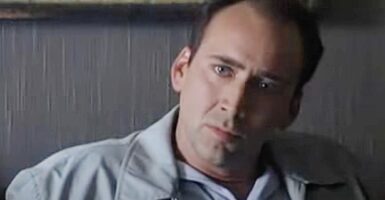Ray Bradbury’s L.A. Home Is Up For Sale
This article is more than 2 years old
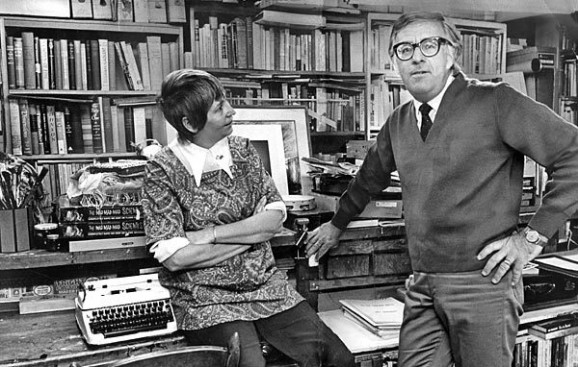
I didn’t know Bradbury lived in Los Angeles until I sent those letters. At first I was surprised that the boy who grew up in Waukegan, Illinois would abandon the Midwest and small town life for crowds, highways, and smog, but it makes a lot more sense given that his family moved to L.A. when Ray was 14. By then, Ray was in love with Hollywood, an inevitability for someone with his imagination and sense of storytelling. He and his wife Margot bought their Cheviot Hills home in 1960, and the house going on the market marks the end of one of the greatest careers—eras, even—in writing. Those with a similar appreciation for Bradbury could try to follow in his footsteps by buying the house for $1.5 million.
It’s a big house, with three bedrooms, three bathrooms, a basement, hardwood floors, 2,500 square feet on a lot of 9,500 square feet. Right now, it’s mostly bright yellow, a perfectly optimistic Bradburian color. Back in 1985, Margot told the New York Times that, “Ray has saved everything since his first birthday… Ray is a pack rat. He refuses to let anything go.” In fact, he traded in his Beverly Hills office for the basement of his home, where he “could store everything he refuses to throw away” (the interview below, which was filmed in Bradbury’s basement, confirms this). Margot Bradbury died in 2003, and the two have four daughters and eight grandchildren.
 Bradbury often wrote about architecture and consulted with EPCOT, Disney, and Jon Jerde, who designed a slew of galleries and pavilions in LA (he often complained that L.A. “had no center.”). In his book Yestermorrow: Obvious Answers to Impossible Futures, Bradbury advocates building cities that “break the dams that hold the people back from participating in the old adventure of walking.” He describes a yellow brick road that would lead people through the grand and the lesser-known sites of a city, restoring a sense of community and adventure. He even envisioned malls as “substitute cities” that exist because the folks in charge “don’t know what a city is while living right in the centre of one.” He even makes an argument to keep hardware stores open in the wee hours of the morning to satisfy people’s late-night cravings for “the bee-loud Ennisfree lead pipe, hammer and tongs, door-hinge thingumabob.” Given his architectural imagination, I would love to see what adjustments and systems Bradbury devised to keep creativity flowing in his own house.
Bradbury often wrote about architecture and consulted with EPCOT, Disney, and Jon Jerde, who designed a slew of galleries and pavilions in LA (he often complained that L.A. “had no center.”). In his book Yestermorrow: Obvious Answers to Impossible Futures, Bradbury advocates building cities that “break the dams that hold the people back from participating in the old adventure of walking.” He describes a yellow brick road that would lead people through the grand and the lesser-known sites of a city, restoring a sense of community and adventure. He even envisioned malls as “substitute cities” that exist because the folks in charge “don’t know what a city is while living right in the centre of one.” He even makes an argument to keep hardware stores open in the wee hours of the morning to satisfy people’s late-night cravings for “the bee-loud Ennisfree lead pipe, hammer and tongs, door-hinge thingumabob.” Given his architectural imagination, I would love to see what adjustments and systems Bradbury devised to keep creativity flowing in his own house.
Even when the relics of Bradbury’s life and career are removed, the house will undoubtedly retain something of his spirit. Just as in horror movies people can tell if something creepy happened in the house they just bought or moved into, people can sense positive energy too, and I don’t know anyone more positive than Bradbury. In Bradbury Speaks, a book of essays published in 2005, Bradbury writes, “In my later years I have looked in the mirror each day and found a happy person staring back. Occasionally I wonder why I can be so happy. The answer is that every day of my life I’ve worked only for myself and for the joy that comes from writing and creating. The image in my mirror is not optimistic, but the result of optimal behavior.” Well said, Ray. Well said.
